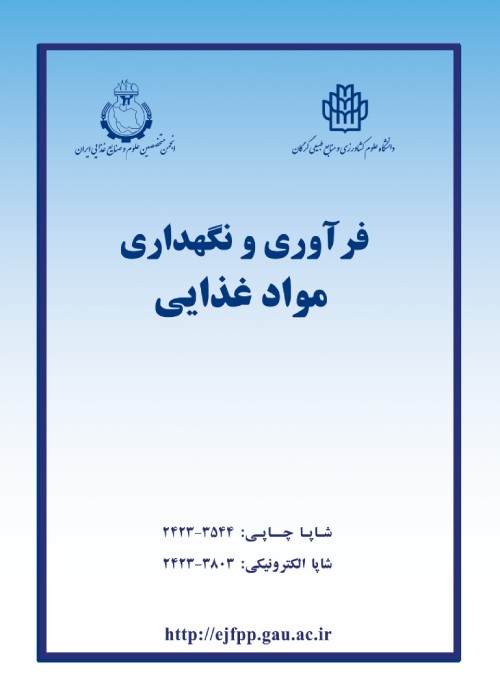Optimization of heat-assisted extraction of aqueous extracts from jujube flour and it’s comparison with hydroethanolic extract
Many of the biological functions of jujube fruit could be due to these antioxidant compounds. However, antioxidants and antioxidant capacity of fruits could be affected by diverse factors, such as cultivar, agronomic condition, postharvest manipulation, and ripeness stage of fruit. The aim of the present study was to optimize the conditions used in extraction of aqueous extract from jujube cultivated in Iran, as well as comparing amounts of jujube bioactive compounds with both hydroethanolic extract and literature.
Response surface methodology was used to determine optimal amounts of independent variables, namely liquid-to-solid (L/S) ratio (v/w), extraction period, and temperature. Therefore, The samples were extracted using water, in well-sealed flasks with different L/S ratios ranging from 10:1–40:1 for specific extraction periods ranging from 30–300 min, where the temperature of the extraction medium ranged between 30 and 70 oC (within ± 1 oC) under constant stirring, (250 rpm). Finally, the responses, including total extraction yield, total phenol content (TPC), total flavonoid content (TFC) and IC50, determined in optimal extract was compared with those determined in hydroethanolic extract or BHT synthetic antioxidant.
The TEY, TPC, TFC and IC50 in the extracts from HAE process were ranged from 50.48 to 77.97%, 8.23 to 14.38 mg GAE/g of extract dry weight, 1.42 to 3.93 mg Quercetin equivalent/g of extract DW), and 16911.6 to 34021.3 μg/mL, respectively. The optimum HAE conditions included an extraction time of 30 min, temperature of 66.88 °C, and 40:1 liquid-to-solid ratio, resulting in the maximum TEY (77.67%), TPC (13.93 mg/g), TFC (4.56 mg/g) and minimum IC50 (21577 μg/mL). When aqueous ethanol (60%) was used as solvent during extraction process, 1.22-, 2.65- and 1.45-fold increase were observed in the amounts of TPC, TFC and antioxidant capacity, respectively. the radical-scavenging activity (free radical inhibition percentage) of the optimum jujube extract at concentration of 10000 ppm (33.08%) was found to be approximately equivalent to that measured for 500 ppm concentration of BHT (35.57%).
High levels of bioactive compounds were detected in the aqueous and hydroethanolic extract from jujube. These extracts are not suggested to use as alternative for synthetic antioxidant due to their low levels of antioxidant capacity, as well as contradictory reports for jujube antioxidant capacity which is changed depending on fruit ripening and postharvest condition. However, the jujube fruit flour or extracts could be used as functional additive in enrichment of food products. 000000000
- حق عضویت دریافتی صرف حمایت از نشریات عضو و نگهداری، تکمیل و توسعه مگیران میشود.
- پرداخت حق اشتراک و دانلود مقالات اجازه بازنشر آن در سایر رسانههای چاپی و دیجیتال را به کاربر نمیدهد.



